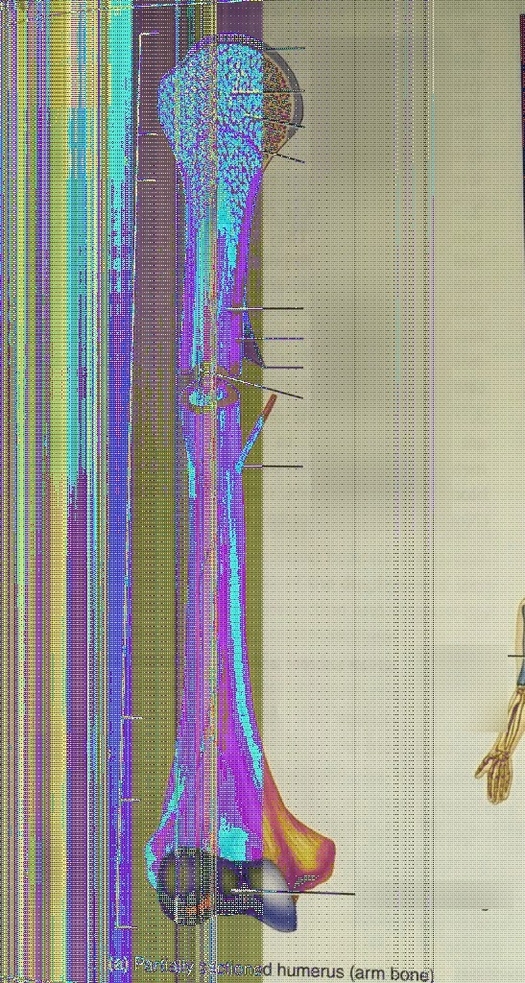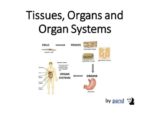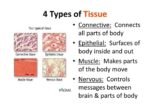human anatomy, specifically focusing on bones. Our skeletal system provides structure, support, and protection for our bodies. Here’s a concise overview of bone anatomy:
1. Skeletal System Basics:
– The skeletal system comprises bones, joints, cartilage, and ligaments.
– It’s divided into two main parts: the axial skeleton and the appendicular skeleton.
2. Axial Skeleton:
– The axial skeleton includes bones along the body’s central axis.
– Key components:
– Skull: Houses the brain and sensory organs. It consists of cranial bones (protecting the brain) and facial bones (forming the face).
– Hyoid Bone: Unique because it’s not connected to any other bone, joint, or ligament. It plays a role in speech.
– Vertebral Column (Spine): Composed of individual vertebrae, providing flexibility and support.
– Thoracic Cage: Includes ribs and sternum, protecting vital organs like the heart and lungs.
3. Appendicular Skeleton:
– The appendicular skeleton supports the appendages (arms and legs).
– Functions:
– Support: Helps us stand, walk, and perform daily activities.
– Protection: Safeguards internal organs.
– Movement: Enables joint movement.
– Storage: Stores fat and essential minerals like calcium and phosphorus.
– Hematopoiesis: Blood cell formation in bone marrow.
4. Types of Bones:
– Long Bones:
– Longer than they are wide (e.g., humerus, femur).
– Mostly composed of compact bone.
– Short Bones:
– Cube-shaped (e.g., wrist and ankle bones).
– Predominantly spongy bone.
– Flat Bones:
– Thin, flat, and curved (e.g., sternum).
– Irregular Bones:
– Don’t fit into other categories (e.g., vertebrae, hip bones).
5. Bone Structure and Composition:
– Compact Bone:
– Hard, dense tissue beneath the outer bone membrane.
– Spongy Bone:
– Contains small needle-like pieces with open spaces.
– Supports blood cell production.
– Hemopoiesis:
– Formation of blood cells.
– Diaphysis:
– Shaft of a long bone, mainly composed of compact bone.
– Covered by the fibrous connective tissue membrane (periosteum).
– Epiphyseal Plate:
– Cartilaginous area at the ends of long bones where growth occurs.
– Medullary Cavity:
– Hollow space within long bone shaft, filled with bone marrow.
– Bone Markings:
– Indications on bones due to blood vessels, tendons, etc.
– Examples: tuberosities, foramina, and condyles.
– Periosteum:
– Thin membrane covering bones.
– Vital for tissue repair and new capillary formation.
– Acts as a “splint” for broken bones during healing.
6. Ossification:
– The process of bone formation.
– All bones start as hyaline cartilage and gradually transform into bone.
In summary, our bones are remarkable structures, serving as the framework for our bodies. Understanding bone anatomy helps us appreciate the intricate balance between strength, flexibility, and protection that our skeletal system provides.



